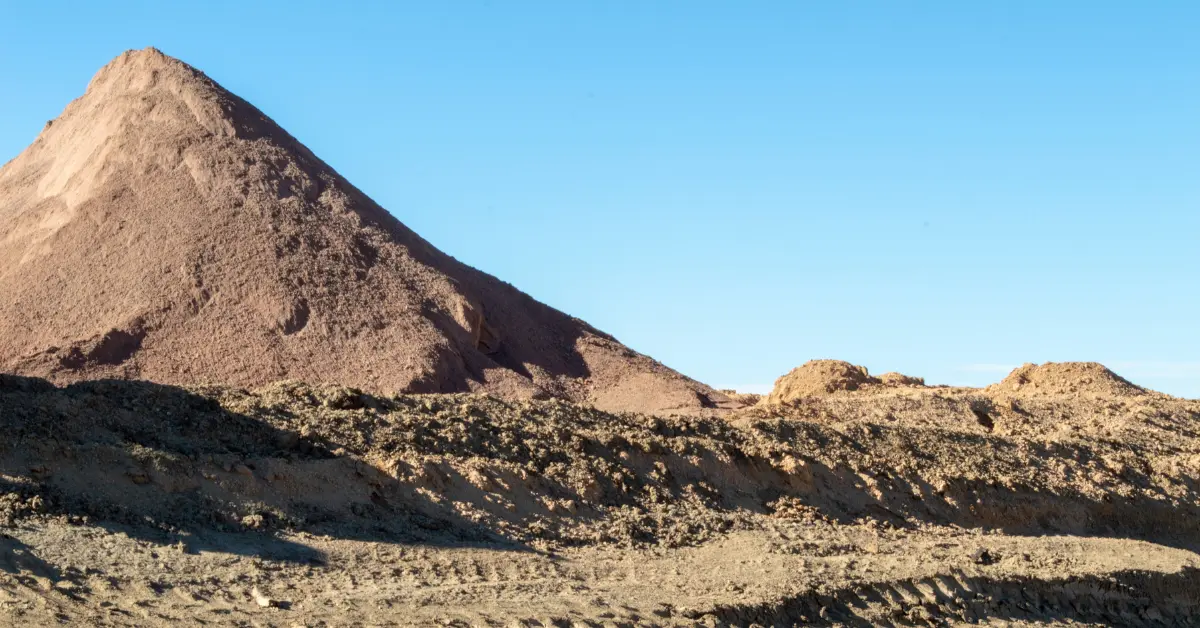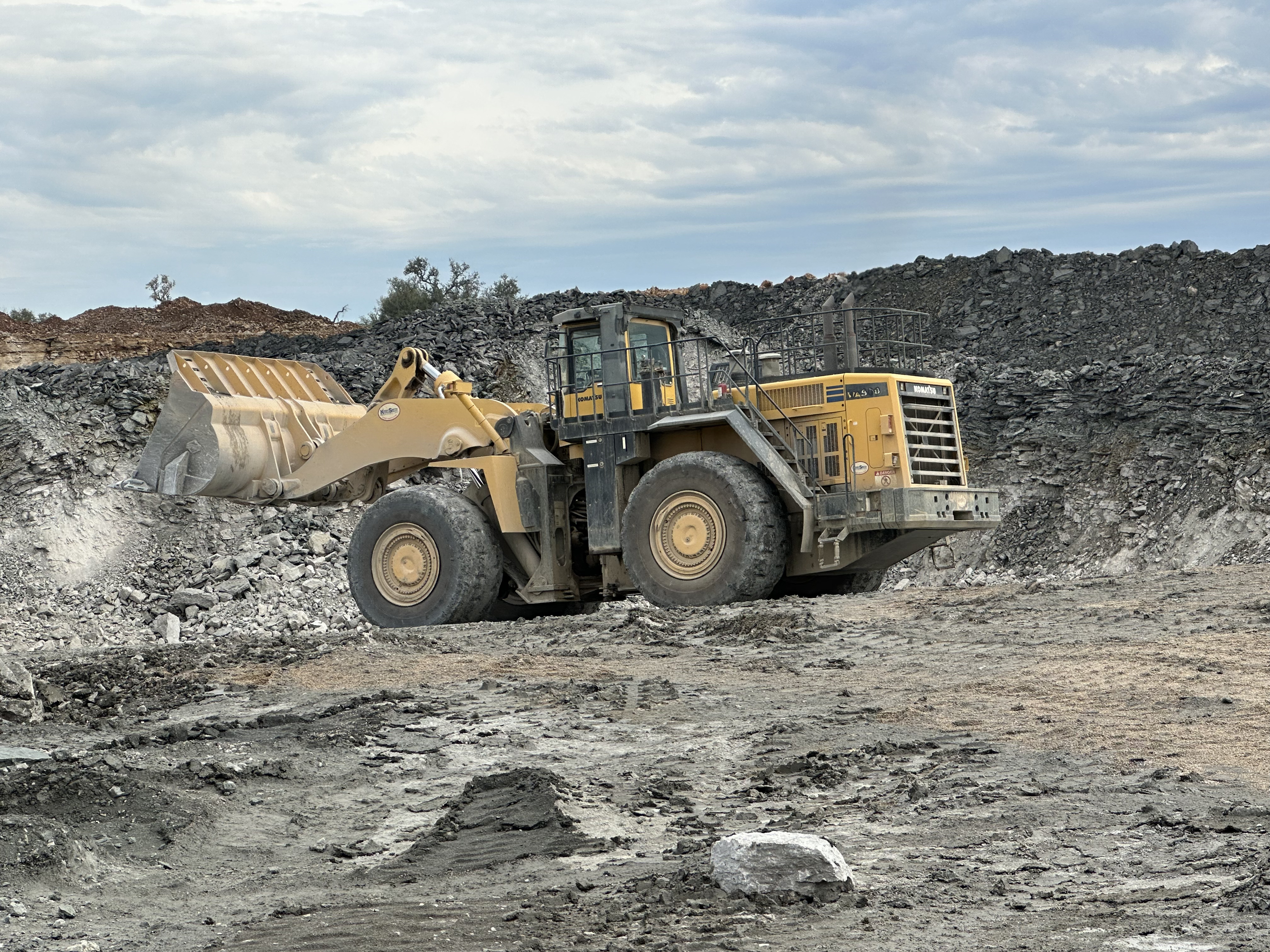
For contractors, managing dirt and aggregates isn’t just about sourcing material — it’s about staying ahead of the seasonal factors that make prices fluctuate. Weather shifts, demand cycles, and hauling challenges can all influence how much you’re really paying per cubic yard.
Ignoring these seasonal dynamics can quickly eat away at your margins. But when you understand the cycles, you can plan ahead, budget smarter, and protect your bottom line.
Here’s a closer look at how weather and demand affect dirt costs — and how smart contractors can use this knowledge to their advantage.
How Weather Impacts Dirt Costs
Weather is one of the biggest wildcards in dirt and hauling. Even the best-laid project schedules can be thrown off by rain, snow, heat, or cold. Each brings its own set of cost pressures:
1. Rainy or Wet Seasons
- Reduced Load Capacity: Wet dirt is heavier, which means trucks often haul less per load to meet weight restrictions. Fewer cubic yards per trip = higher cost per yard.
- Site Delays: Saturated job sites can make excavation, dumping, and hauling more difficult, slowing crews down. Every lost hour raises labor and equipment costs.
2. Winter Freezes
- Frozen Ground: Excavation grinds to a halt when frost sets in, limiting material supply. Contractors may have to pay premiums to source dirt that’s available.
- Hauling Restrictions: In colder regions, frozen or icy roads create trucking safety issues, leading to higher hauling costs and longer timelines.
3. Hot, Dry Summers
- High Equipment Stress: Extreme heat increases wear and tear on trucks, pushing up maintenance costs and sometimes driving hauling rates higher.
- Peak Construction Season: Warm weather means more projects breaking ground — and higher demand for dirt, which puts upward pressure on prices.
Seasonal Demand Cycles in Construction
Construction doesn’t run on a flat schedule — and dirt prices follow the same curve. Here’s what you can typically expect across the calendar year:
- Spring: Projects begin ramping up after winter. Demand for dirt rises, and so do costs.
- Summer: Peak season. The majority of construction projects launch, creating intense competition for fill, aggregates, and haulers. Supply tightens, and pricing spikes.
- Fall: A “last push” period, where contractors race to finish jobs before weather shuts down outdoor work. Haulers get booked quickly, and prices often remain elevated.
- Winter: Depending on region, projects slow down. Demand for dirt may ease, but availability of haulers also shrinks, keeping costs from dropping as much as expected.
Hidden Costs You Might Not Factor In
Seasonal fluctuations don’t just affect the base cost of dirt — they also create ripple effects:
- Fuel Price Volatility: Seasonal demand for diesel and fuel surcharges can add unexpected costs.
- Hauler Availability: In peak seasons, you may be forced to pay higher rates just to secure trucks.
- Project Delays: Weather-driven slowdowns can lead to liquidated damages, rescheduling penalties, or higher labor costs.
These indirect costs often add up to more than the dirt itself — which is why proactive planning is critical.
Smart Strategies for Contractors
The good news? Seasonal price swings aren’t completely out of your control. Contractors who plan ahead can minimize the impact:
Lock in Pricing Early
Secure fill and hauling contracts ahead of peak season. Buying when demand is lower can save big down the road.
Source Locally
The closer the material is to your jobsite, the less you’re exposed to fluctuating fuel and hauling costs.
Build Weather Buffers Into Your Schedule
Expect delays during rainy or frozen months — and budget time accordingly.
Use Digital Tools for Real-Time Pricing
Platforms like Soil Connect’s Digital Marketplace give you access to up-to-date local pricing and available haulers. That means you can compare options in seconds and avoid overpaying when demand spikes.
The Bottom Line
Seasonal swings in dirt costs aren’t going away. But they don’t have to wreck your budget. By understanding how weather and demand affect pricing — and by using smarter sourcing and hauling strategies — contractors can take control of their dirt costs year-round.
At the end of the day, every dollar saved on dirt and hauling is a dollar that goes straight back into your margins.

.svg)








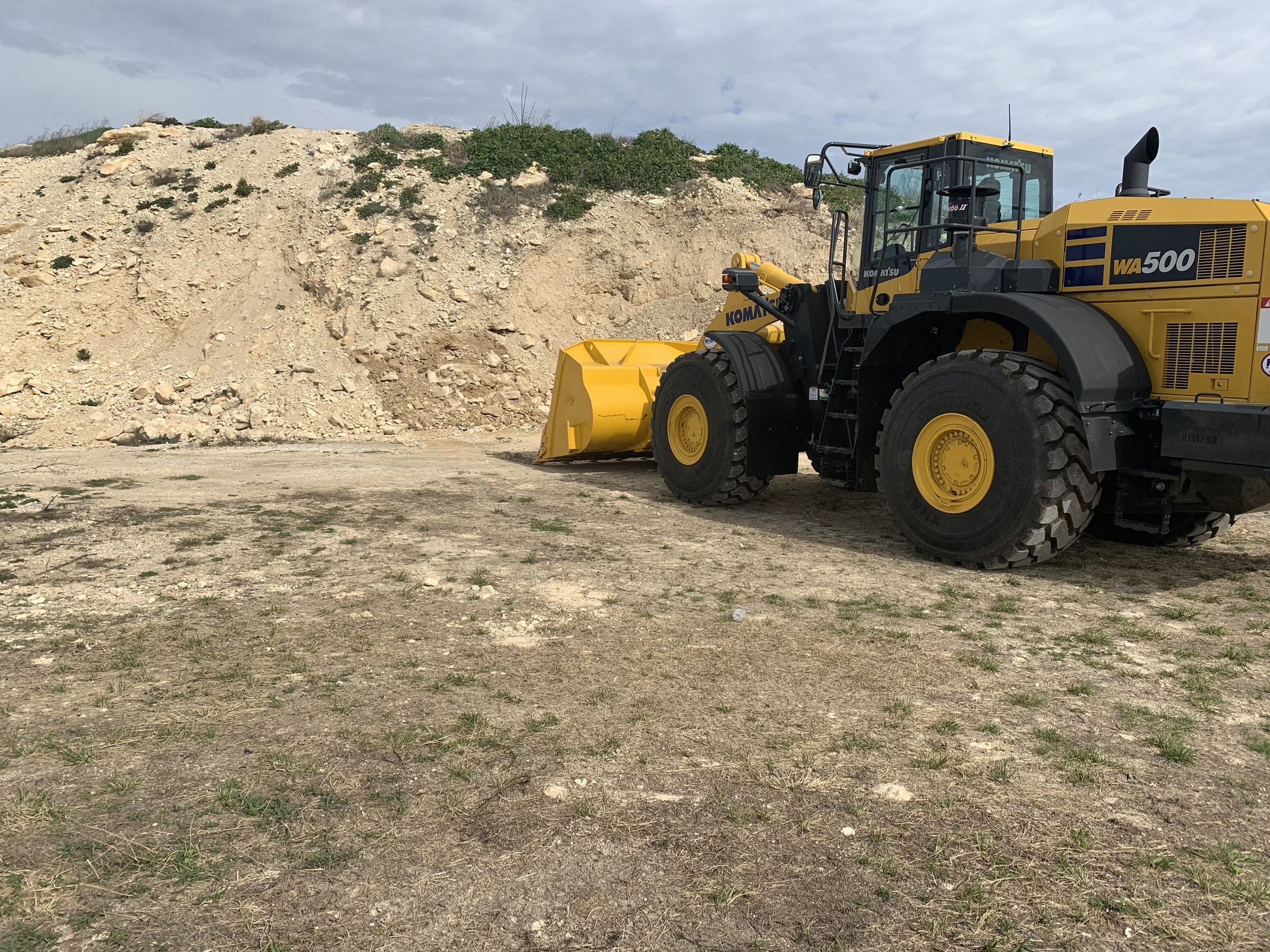
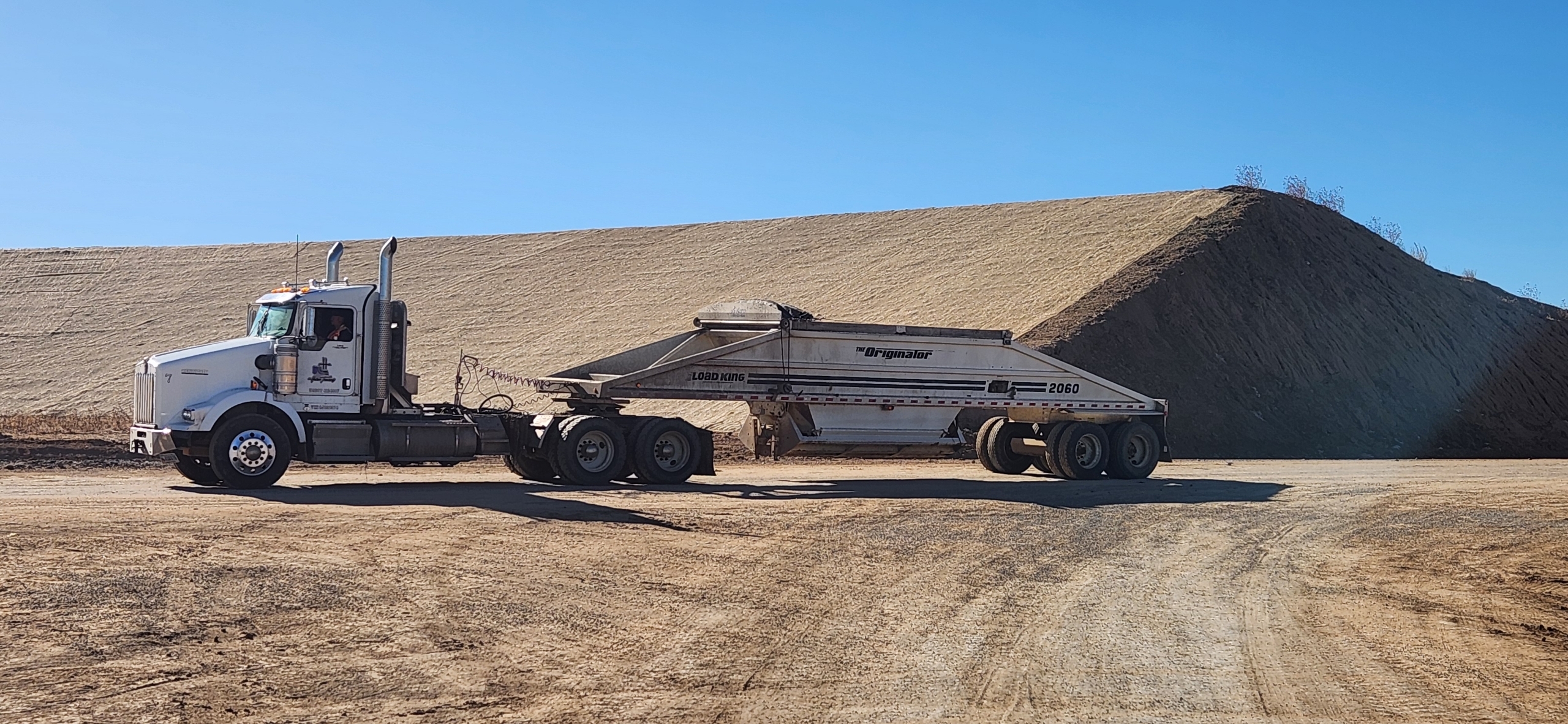
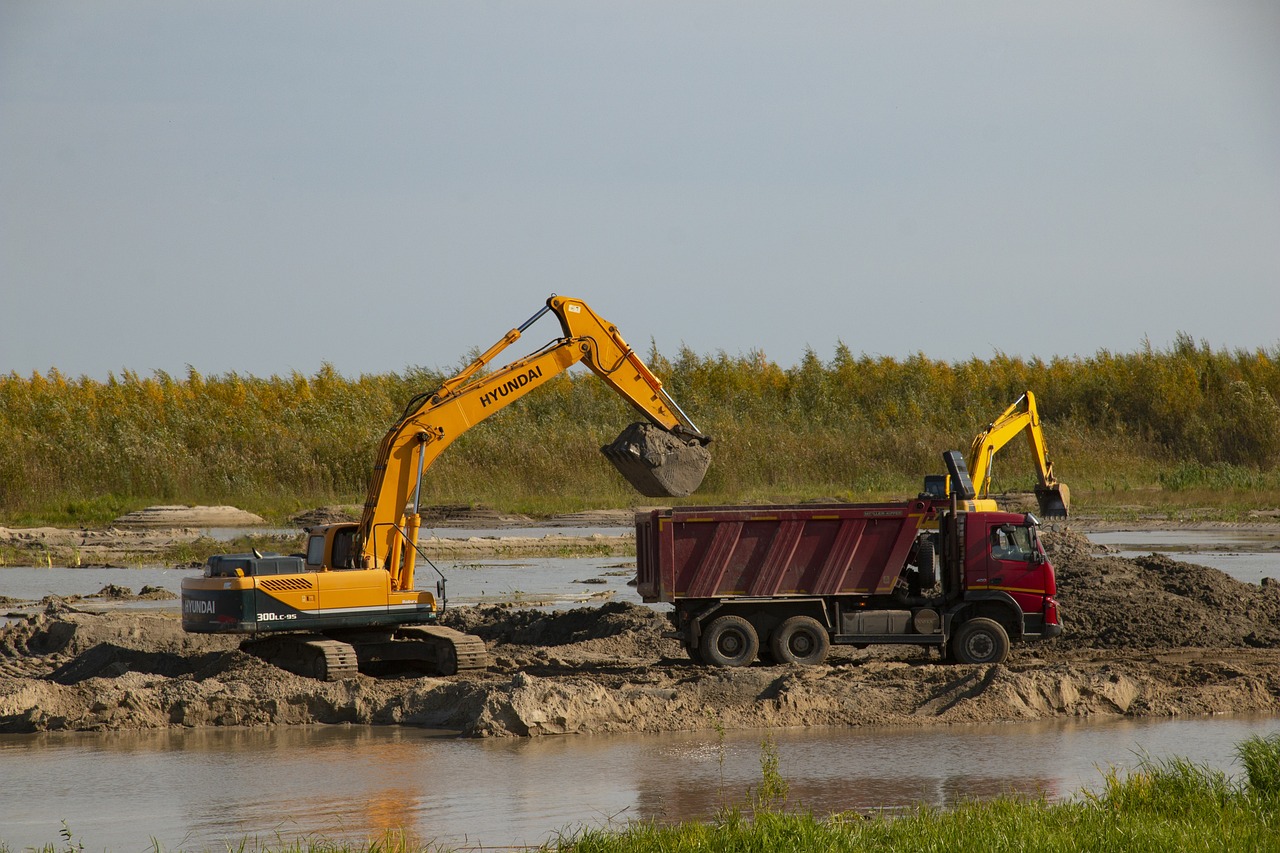

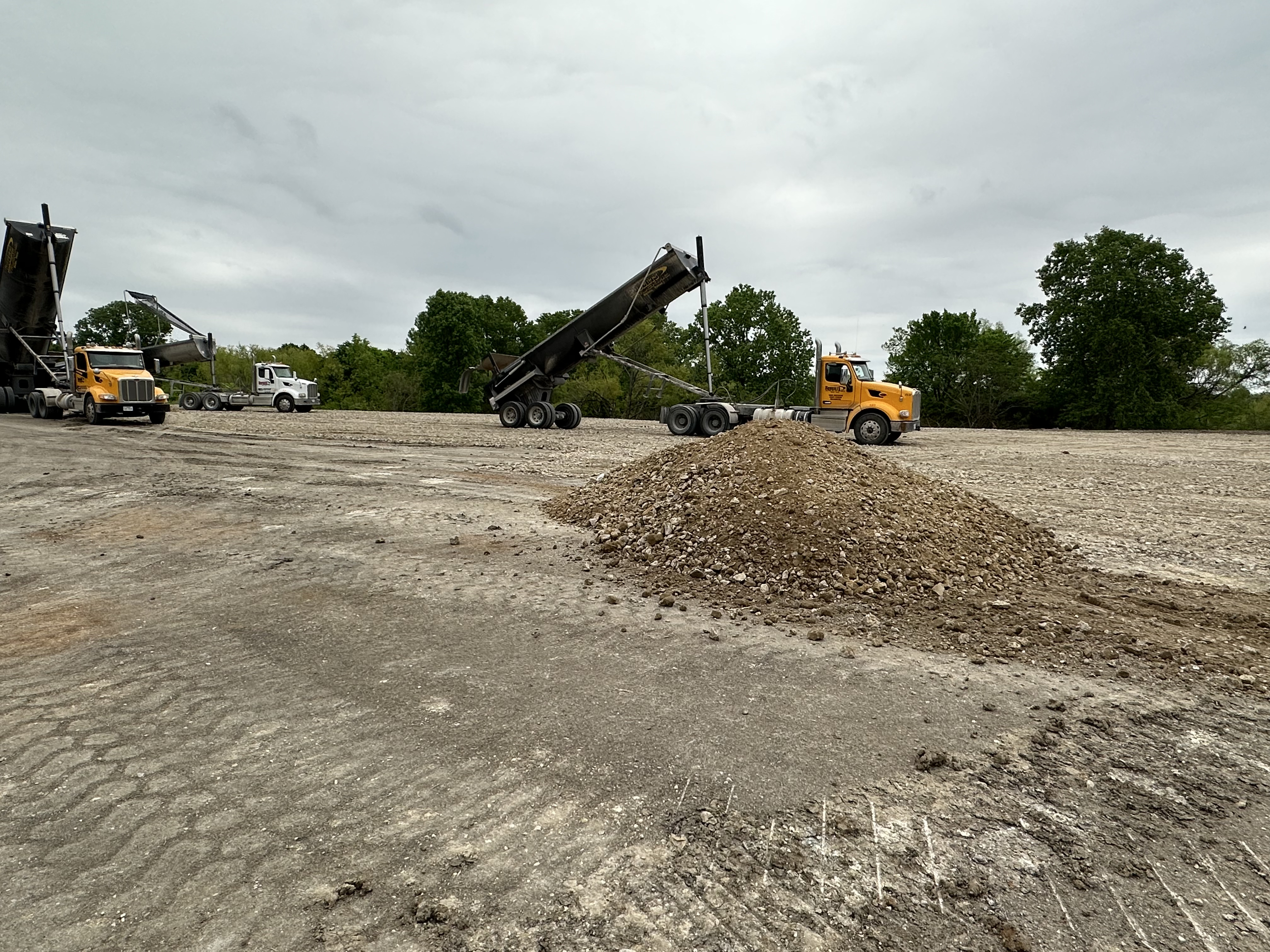

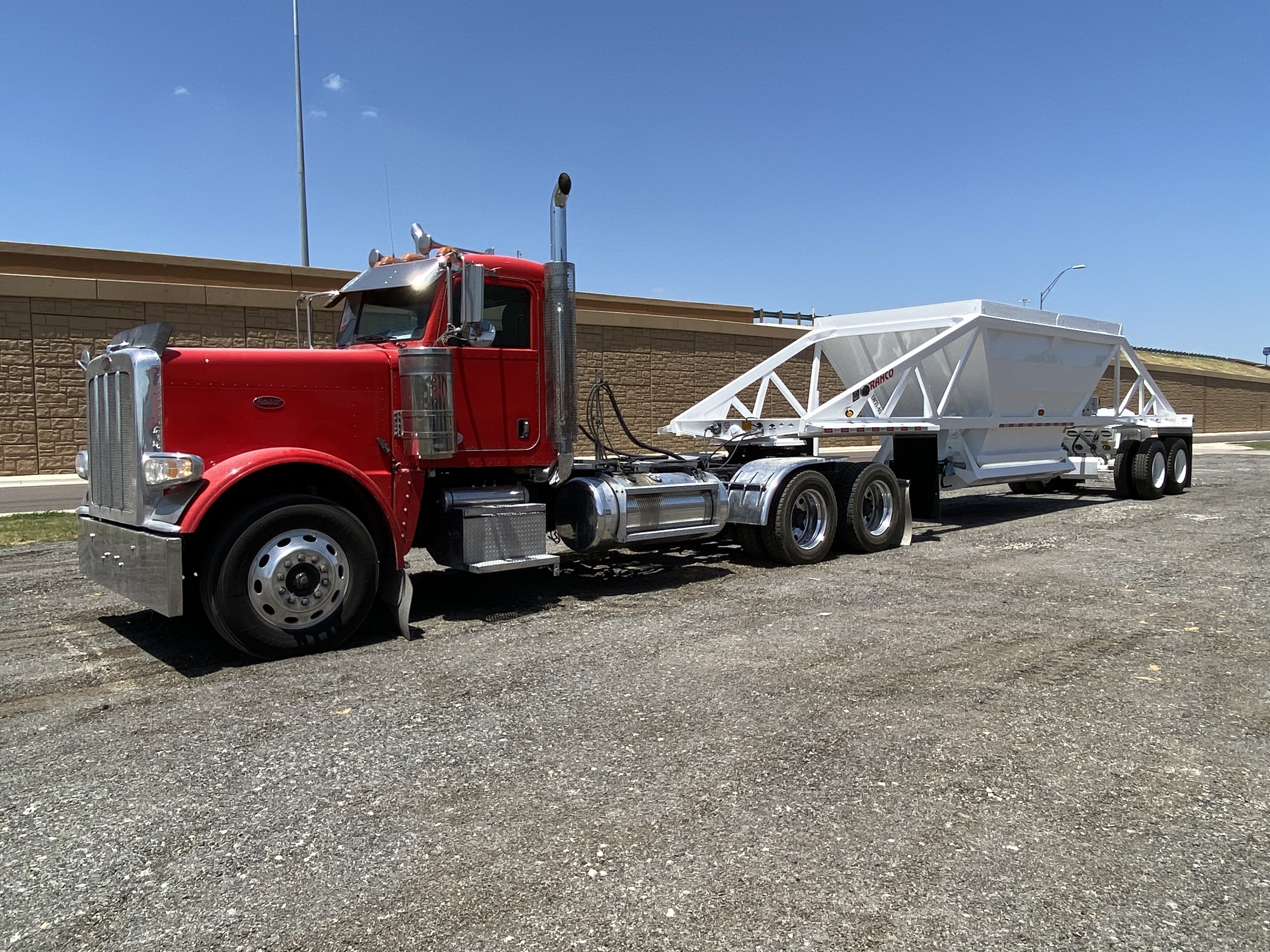
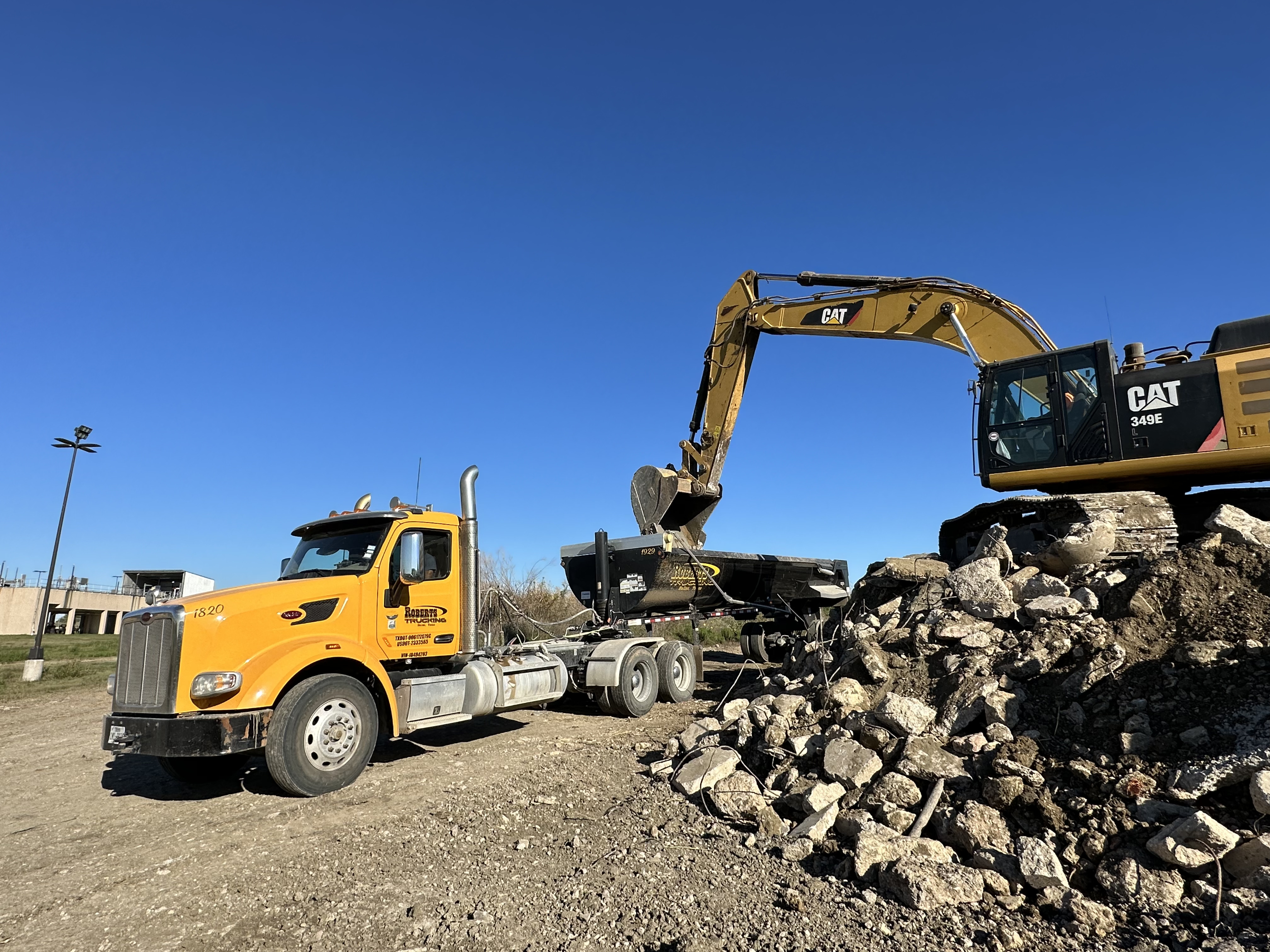
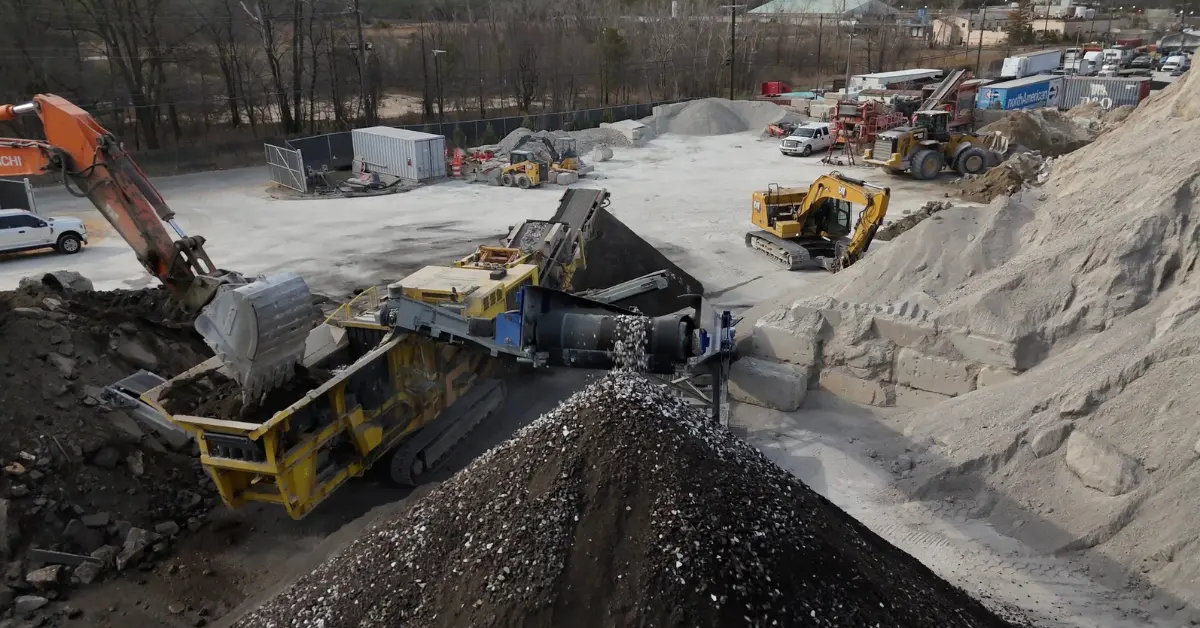
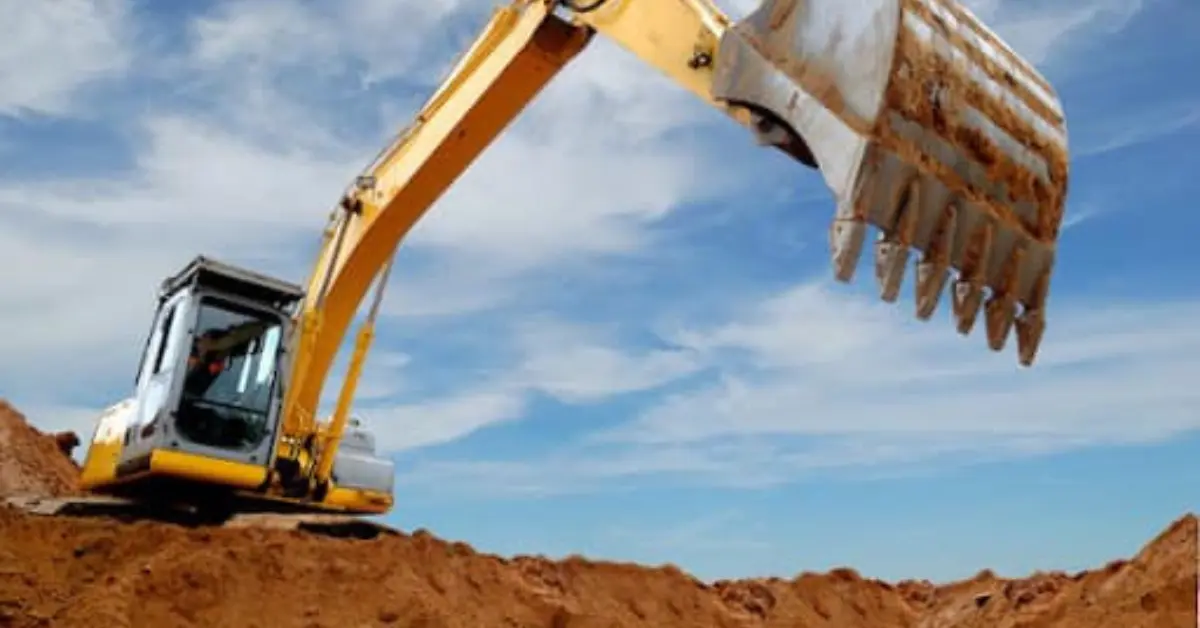
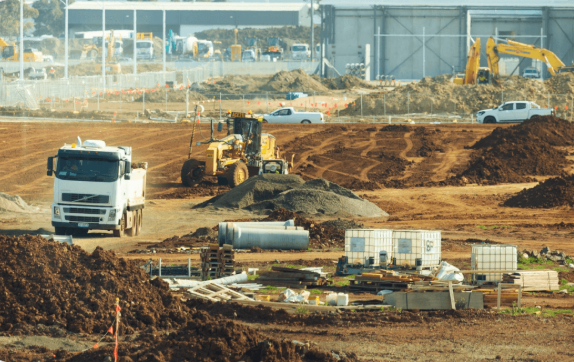
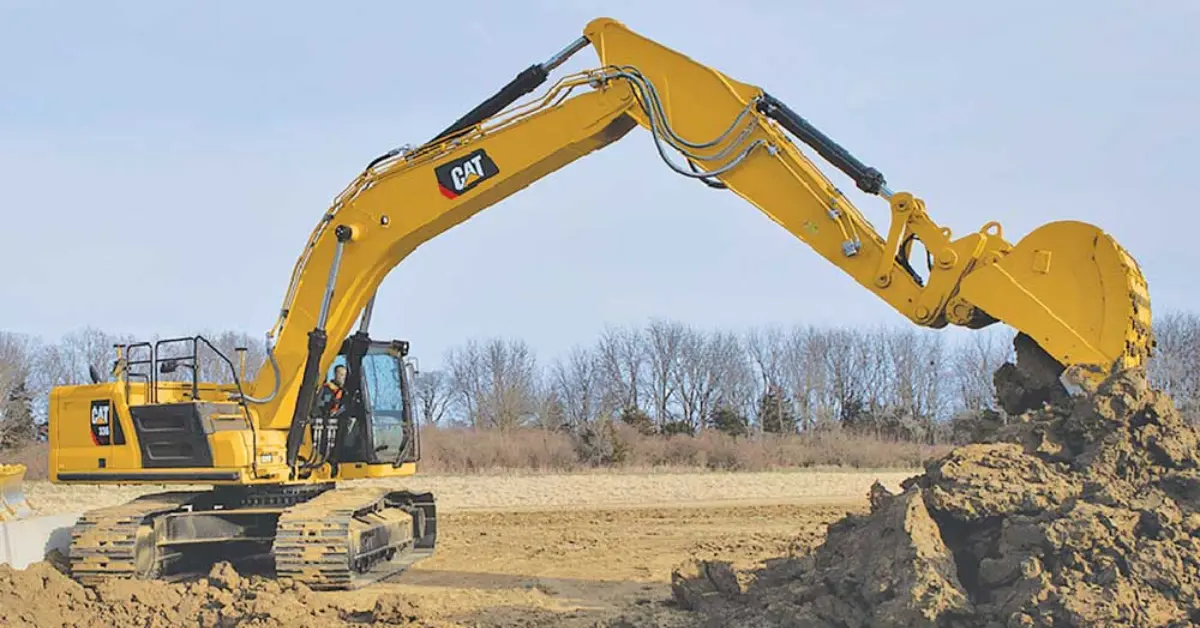
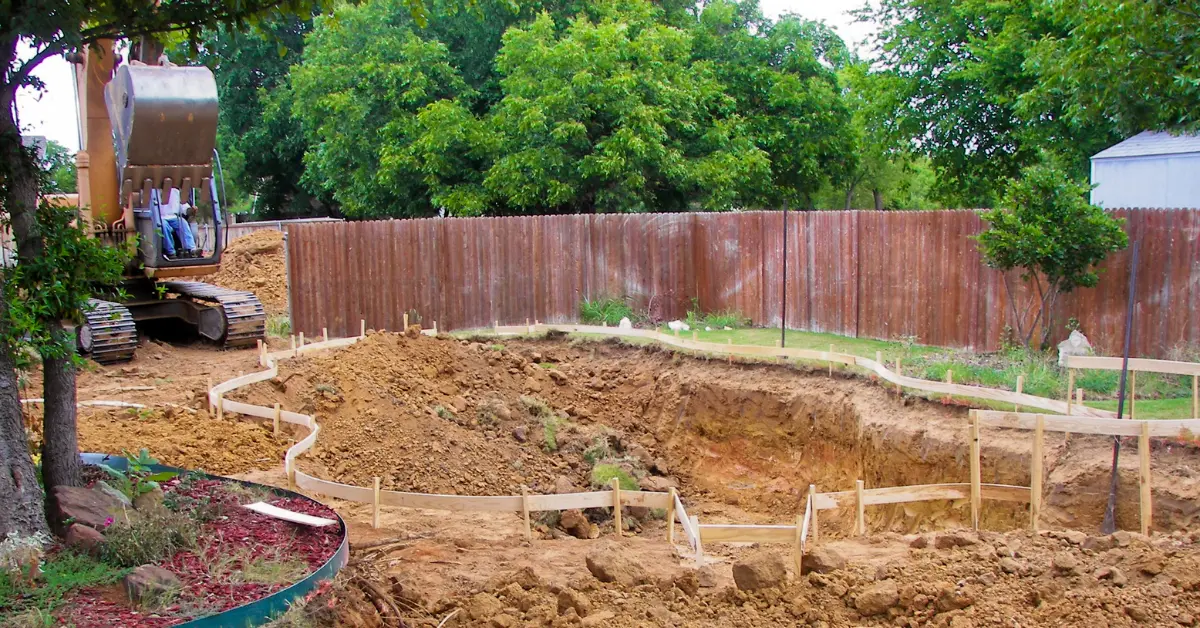
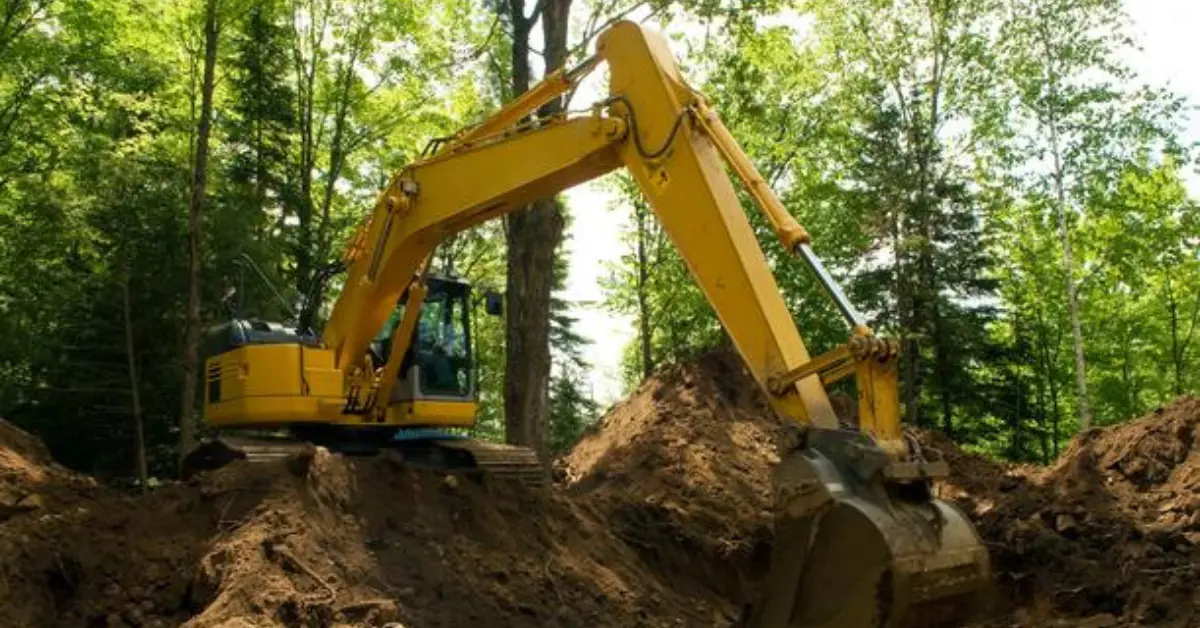
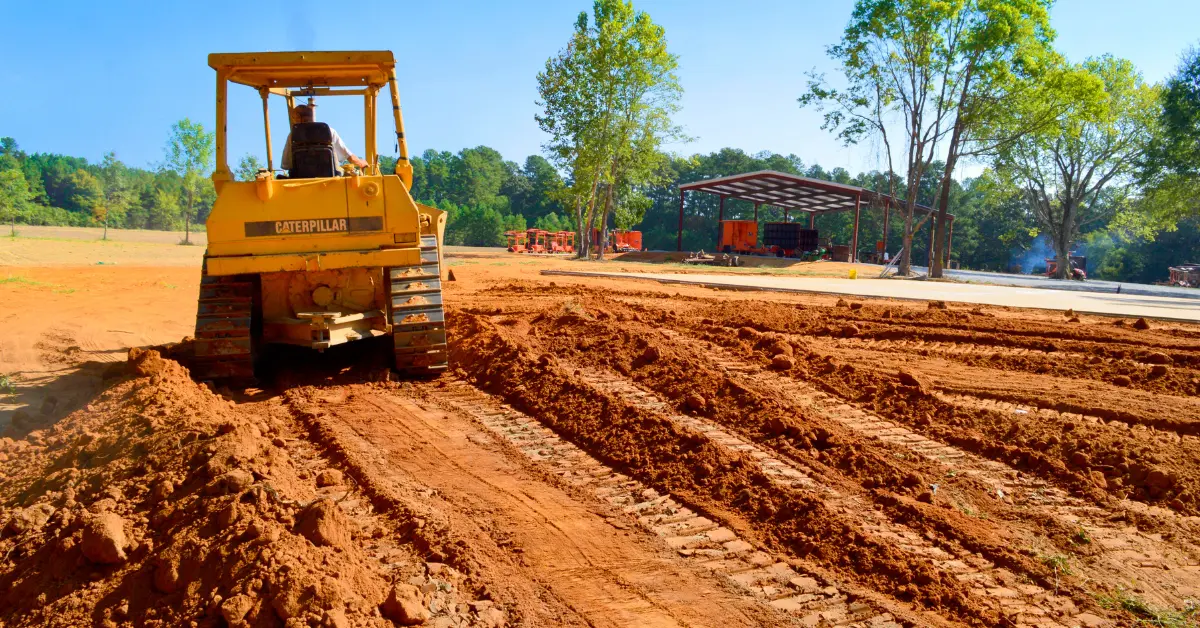
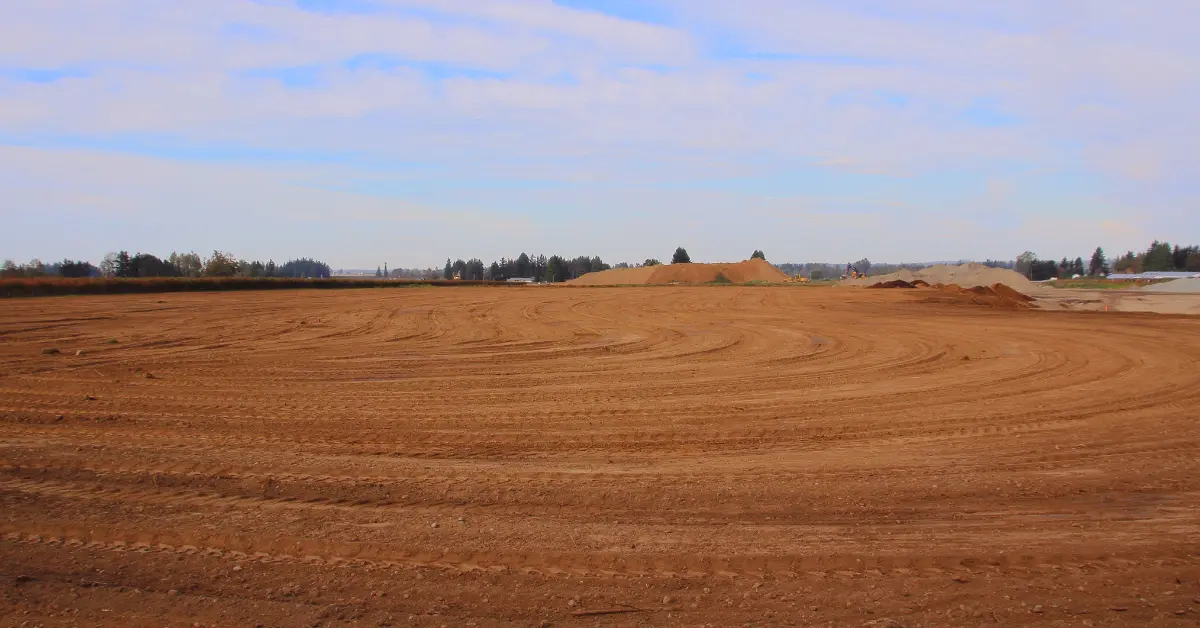




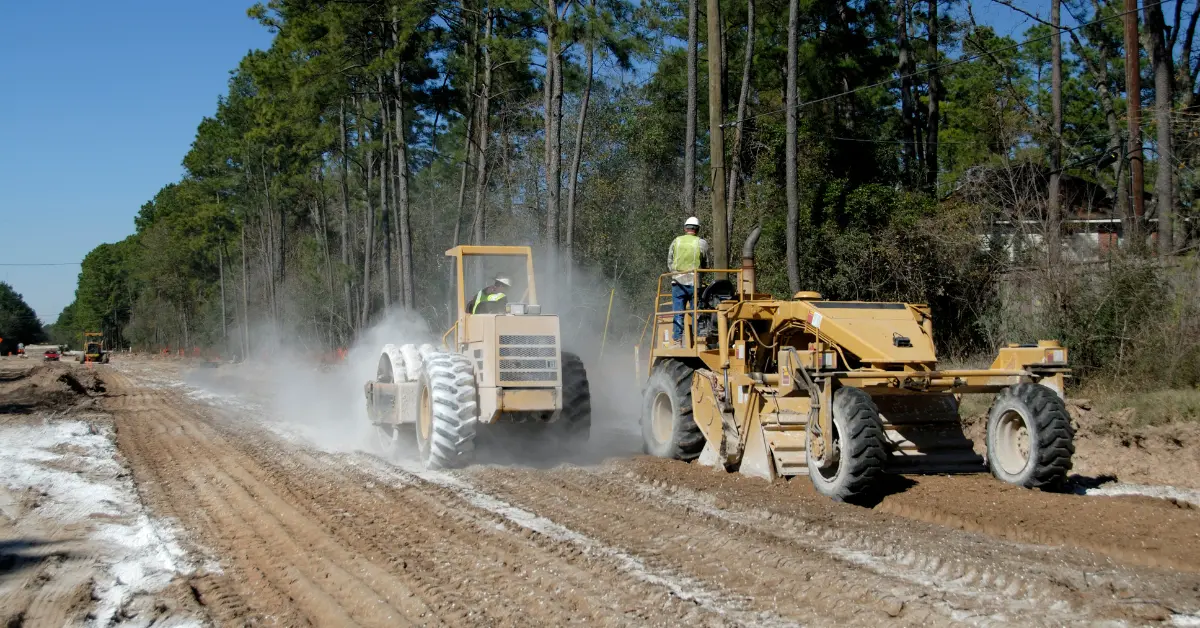




.jpg)

